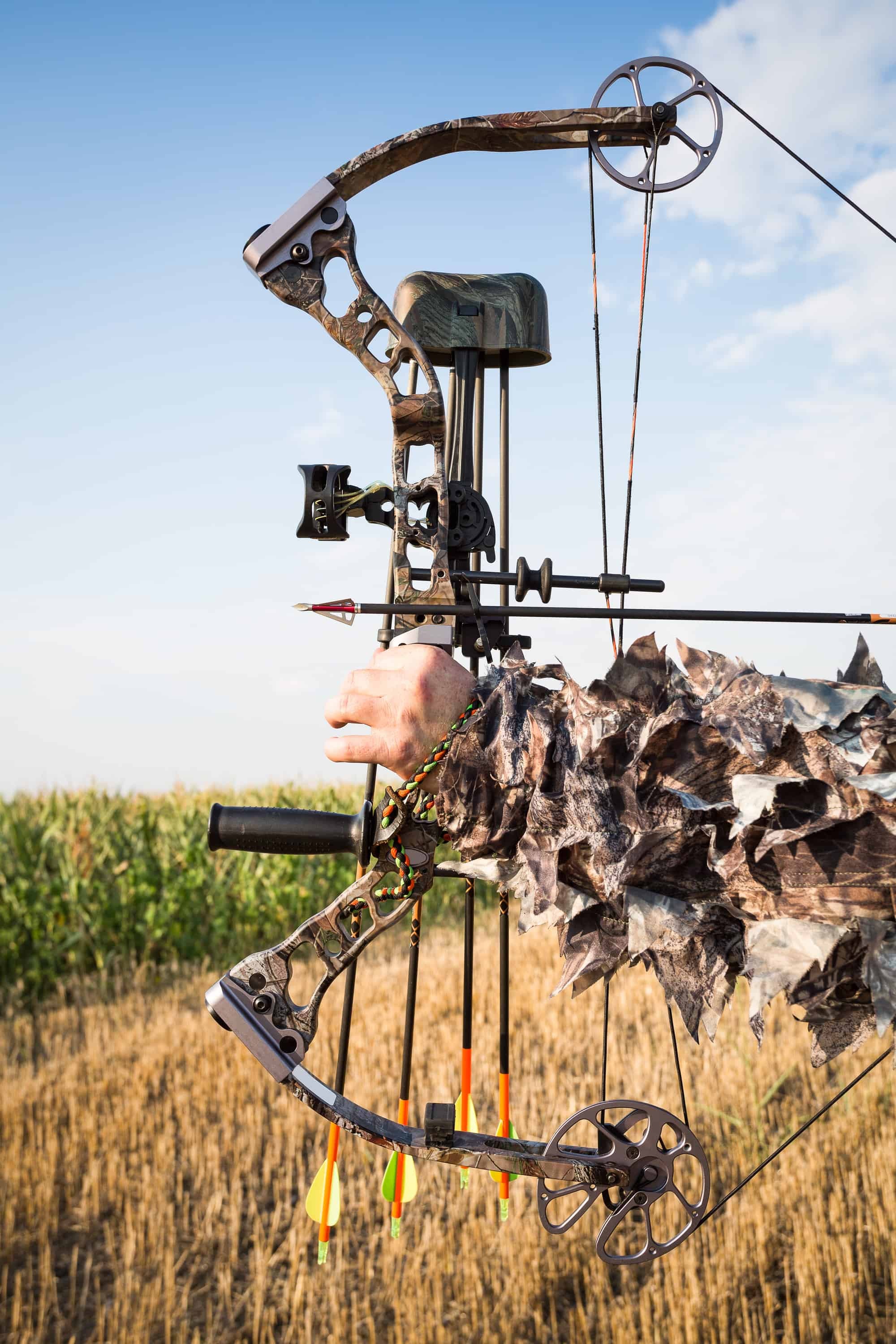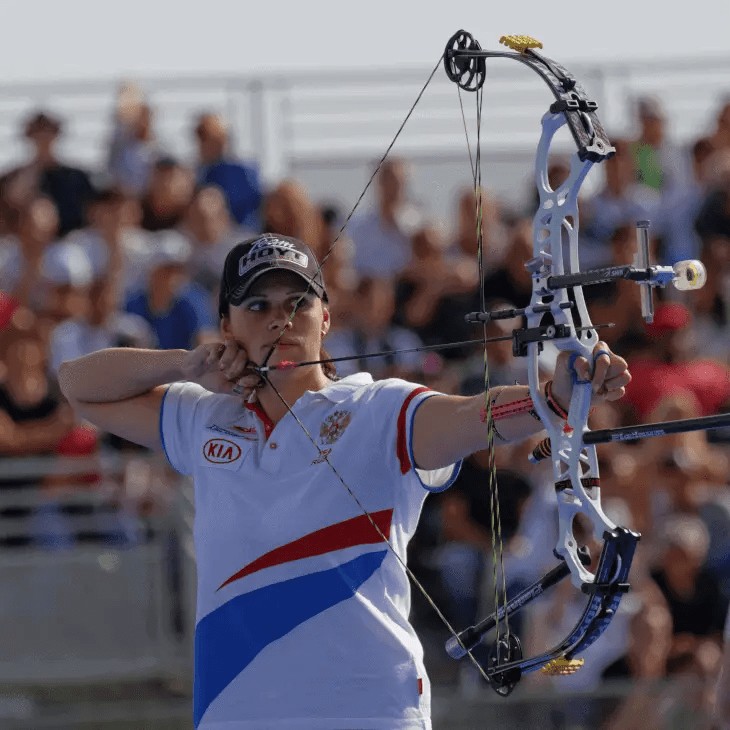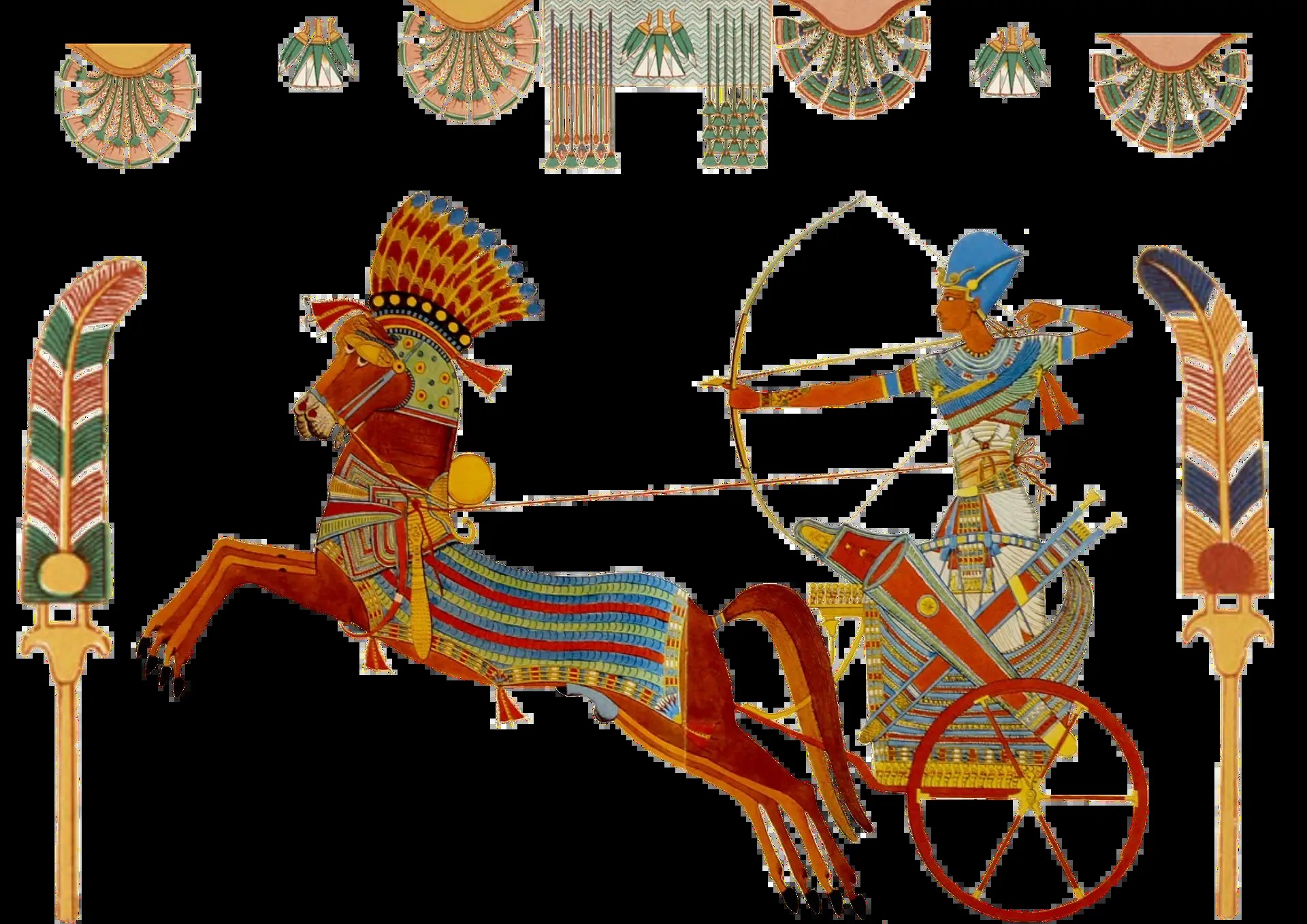The question, “How Far Will An Arrow Travel?” is more complex than it appears. An arrow fired from a compound bow at 400 feet per second will travel approximately 200 feet or 70 yards in a straight line; when fired in an arc, the distance increases to over 1,000 feet. Join SIXT.VN as we explore what influences this distance, including arrow speed, bow type, and environmental conditions. Discover the perfect archery setup and experience seamless travel arrangements for your next Vietnamese adventure, including airport transfers and hotel bookings.
1. Unveiling the Bow’s Journey Through Time
The bow and arrow, a tool and weapon steeped in history, was apparently used by our prehistoric ancestors. Although information about prehistoric and ancient bows is scarce, classical texts suggest the range of ancient bows in Mediterranean armies, such as those of the Greeks, Assyrians, and Carthaginians, varied from 64 to 600 meters.
1.1 Medieval Archery: The Longbow’s Reign
The English longbow rose to prominence in the Medieval Era, significantly impacting warfare during the Hundred Years War. Its arrow speeds exceeded 130 FPS, with a maximum range around 400 yards. Skilled archers could accurately hit targets over 300 yards, while average archers managed about 200 yards, with standard practice ranges at 220 yards. Battle conditions, including fatigue and stress, reduced this effective range. It is estimated that only 10% of medieval archers could accurately hit targets at 200 yards after a week of combat.
1.2 The Compound Bow Revolution
The introduction of compound bows in 1966 revolutionized archery. Advanced cam systems boosted arrow speed and, consequently, maximum distance. Early compound bows easily surpassed 200 FPS, a speed typically achieved by modern recurve and longbows. This enhancement significantly increased both the range and effective distance compared to standard bows, which had an effective range of 10-30 yards. Continuous design improvements have transformed compound bows into potent weapons with considerable maximum distances.
2. Modern Compound Bow Capabilities
 compound bow
compound bow
Calculating the shooting distance of a modern compound bow is complex, as it depends on multiple factors. The angle of the shot is one such variable; an arrow shot from a higher elevation, such as a hill or tree, benefits from increased horizontal travel time before gravity pulls it to the ground.
2.1 Maximum Distance vs. Accuracy
It is generally accepted that top-tier compound bows can propel arrows beyond 1,000 feet. However, external conditions usually limit this range. Accuracy is another crucial consideration. The record for hitting a target with a compound bow stands at 930.04 feet, but the average archer typically has an effective range of 90 to 180 feet.
2.2 Understanding Effective Range
Effective range is the distance at which an archer can reliably hit the “killzone” on a target, typically a game animal. For example, the killzone on a whitetail deer, encompassing the heart, is roughly ten inches in diameter.
2.2.1 Factors Limiting Effective Range
Given the small target size, most bowhunters need to be within 40 yards for a successful shot. Highly skilled archers may extend this range to 60 yards by using scopes and making adjustments for arrow drop, as a straight shot is not feasible over such distances. Similar to maximum range, effective range is subject to various influencing factors.
3. Decoding the Distance: What Dictates an Arrow’s Flight?
Several elements play crucial roles in determining how far an arrow can travel, each affecting the arrow’s trajectory and overall distance.
3.1 Arrow Speed: The Primary Driver
Arrow speed significantly influences the arrow’s travel distance. Gravity, which causes objects on Earth to accelerate downwards at 9.8 meters per second squared, is the primary external force affecting arrow distance. This acceleration means that the longer an arrow is in the air, the more it drops.
3.1.1 Calculating Arrow Drop
Using physics, we can determine how far an object falls over time. After one second, an arrow drops approximately 5 meters, and after two seconds, nearly 20 meters. This drop is significant, meaning that even when shooting from an elevated position, like a tree stand, the arrow’s time in the air is limited.
3.1.2 Impact on Effective Range
Since arrow speed determines how far an arrow can travel before gravity causes it to fall, faster arrows will naturally cover more distance. Most compound bows can propel arrows at speeds over 300 feet per second, with some approaching 400 FPS. The limited straight-line distance achievable, even with high-speed arrows, necessitates shooting arrows in an arc to maximize air time and distance, although this complicates accuracy.
3.2 Draw Weight: Power Behind the Shot
Draw weight is crucial in determining arrow speed and maximum distance. It refers to the force required to pull back the bowstring. A bow with a 60-pound draw weight requires the same force to draw as lifting a 60-pound dumbbell. Compound bows use cam systems providing “let-off,” reducing the perceived difficulty of the draw while storing the same amount of energy.
3.2.1 The Relationship Between Draw Weight and Arrow Speed
While no bow is 100% efficient, the force applied to the bowstring generally translates to the arrow upon release. A higher draw weight delivers more power and energy, resulting in increased speed.
3.2.2 Calculating the Impact of Draw Weight on Speed
A five-pound change in draw weight typically alters arrow speed by about 9 FPS. For instance, if a bow rated at 350 FPS at a 70-pound draw weight is used at 60 pounds, the arrow speed decreases by 18 FPS, resulting in 332 FPS and reducing the arrow’s travel distance.
3.3 Draw Length: Maximizing Acceleration
Draw length impacts arrow speed by determining the duration the bowstring accelerates the arrow. A longer draw length means the bowstring applies force to the arrow for a longer time, significantly boosting speed.
3.3.1 Draw Length and Compound Bow Mechanics
Compound bows feature a “valley” of draw weight due to the let-off provided by their cam systems. As the bow is drawn, tension increases until reaching a point where it suddenly decreases, making it easier to pull. Pulling further leads to a “wall” where resistance sharply increases.
3.3.2 Adjusting Draw Length
Some compound bow models allow cam adjustments to modify draw length. Each inch of difference changes arrow speed by approximately 10 FPS. If a bow is rated at 350 FPS with a 30-inch draw length, increasing the draw length to 32 inches can raise the arrow speed to 370 FPS, thereby increasing the arrow’s range.
3.4 Arrow Weight: Mass and Velocity
Arrow weight is inversely proportional to arrow speed: heavier arrows travel slower because they require more force and energy to accelerate.
3.4.1 Kinetic Energy and Arrow Speed
The kinetic energy formula illustrates that for the same kinetic energy, an arrow with more mass will have lower velocity. Before release, the bow stores kinetic energy in its limbs and bowstring, transferring most of that energy to the arrow upon release.
3.4.2 Standardizing Arrow Weight
Arrow weights are measured in grains, where one grain equals roughly 65 milligrams. The IBO standard for arrow speed is based on a 350-grain arrow. A change in weight of three grains alters arrow speed by about one foot per second. Therefore, using a 320-grain arrow with a bow rated at 350 FPS will decrease the arrow speed by 10 FPS, resulting in 340 FPS and reducing the arrow’s range.
3.4.3 Impact of Accessories
Additional weight from accessories also affects arrow speed. Converting the weight of any accessory to grains helps determine its impact on the arrow’s speed.
4. Step-by-Step: Calculating Maximum Distance
 woman firing compound bow
woman firing compound bow
Now that you understand the factors affecting arrow speed, you can calculate the maximum straight-line distance using basic arithmetic. The formula for determining the time it takes an object to fall a certain distance is:
Time = √(2d/g)
Where:
- d = distance (in meters)
- g = acceleration due to gravity (approximately 9.8 m/s²)
4.1 Example Calculation
Imagine shooting an arrow in a straight line from a height of two meters. Using the formula, plug in 2 for d and 9.8 for g to find the time:
Time = √(2 * 2 / 9.8) ≈ 0.64 seconds
4.2 Applying Arrow Speed
To calculate the distance the arrow travels in that time, use the arrow speed. If your compound bow is IBO rated at 350 FPS, but you’ve adjusted the draw weight to 60 pounds, the draw length to 32 inches, and use a 320-grain arrow, the arrow speed would be approximately 363 feet per second.
4.3 Final Distance Calculation
Multiply the arrow speed by the time the arrow is in the air:
Distance = 363 feet/second * 0.64 seconds ≈ 232 feet
Therefore, your bow should shoot approximately 232 feet in a straight line under these conditions.
5. Optimizing Your Archery Experience with SIXT.VN
Planning a trip to Vietnam for archery or other adventures? Let SIXT.VN handle all your travel needs. Here’s how we can enhance your experience:
- Personalized Travel Planning: We create customized itineraries based on your interests and schedule.
- Reliable Airport Transfers: Enjoy safe and prompt airport pickup services.
- Handpicked Hotel Selection: We provide a variety of hotel options tailored to your budget and location preferences.
- Unique Tour Packages: Discover Hanoi and surrounding areas with our professional and engaging tour services.
- Hassle-Free Flight Bookings: We ensure smooth and cost-effective travel arrangements.
5.1 Embrace Vietnam: A Land of Adventure
Vietnam offers a rich tapestry of cultural and natural attractions. Whether you’re exploring bustling cities or serene landscapes, SIXT.VN is your gateway to an unforgettable journey. According to the Vietnam National Administration of Tourism, the country is increasingly recognized as a top destination for adventure travelers, boasting a 15% annual increase in tourism revenue.
5.2 Why Choose SIXT.VN?
- Convenience: We simplify your travel planning with comprehensive services.
- Trustworthiness: Rely on our dependable services for seamless experiences.
- Expert Support: Our dedicated team provides exceptional support throughout your journey.
SIXT.VN can help you create the perfect trip to Vietnam. Contact us to explore comprehensive travel packages, reliable airport transfers, a diverse selection of hotels, and unique Hanoi tour options.
Address: 260 Cau Giay, Hanoi, Vietnam
Hotline/WhatsApp: +84 986 244 358
Website: SIXT.VN
6. Conclusion: Mastering the Art of Archery and Travel
Understanding “how far will an arrow travel” requires knowledge of various factors such as arrow speed, draw weight, draw length, and arrow weight. By mastering these elements, archers can optimize their performance. Meanwhile, travelers planning a trip to Vietnam can rely on SIXT.VN for seamless and enjoyable travel experiences.
7. FAQs: All About Arrow Range
7.1 What is the average range of a compound bow?
The average range of a compound bow is around 200 feet when shot directly, but it can reach over 1,000 feet when shot in an arc.
7.2 How does arrow weight affect range?
Heavier arrows travel slower and have a shorter range compared to lighter arrows, given the same force.
7.3 What draw weight is best for maximum range?
Higher draw weights generally result in greater arrow speeds, which can increase the maximum range of the arrow.
7.4 Can weather conditions affect arrow range?
Yes, weather conditions such as wind resistance and temperature can affect the arrow’s flight and range.
7.5 How does draw length impact arrow range?
Longer draw lengths allow for greater acceleration of the arrow, increasing its speed and range.
7.6 Is there a standard arrow speed for compound bows?
The IBO (International Bowhunting Organization) sets a standard, but actual speeds vary based on bow and arrow specifications.
7.7 What is the effective range vs. maximum range?
Effective range refers to the distance at which an archer can accurately hit a target, whereas maximum range is the farthest the arrow can travel without considering accuracy.
7.8 How can I increase my arrow’s range?
You can increase your arrow’s range by increasing the draw weight, optimizing arrow weight, and ensuring proper draw length.
7.9 What role does gravity play in arrow range?
Gravity pulls the arrow downward, so the faster the arrow, the farther it travels before gravity significantly affects its trajectory.
7.10 What is the IBO standard for arrow speed calculation?
The IBO standard uses a 70-pound draw weight, a 30-inch draw length, and an arrow weighing 5 grains per pound of draw weight.

 egyptian art of archery
egyptian art of archery

